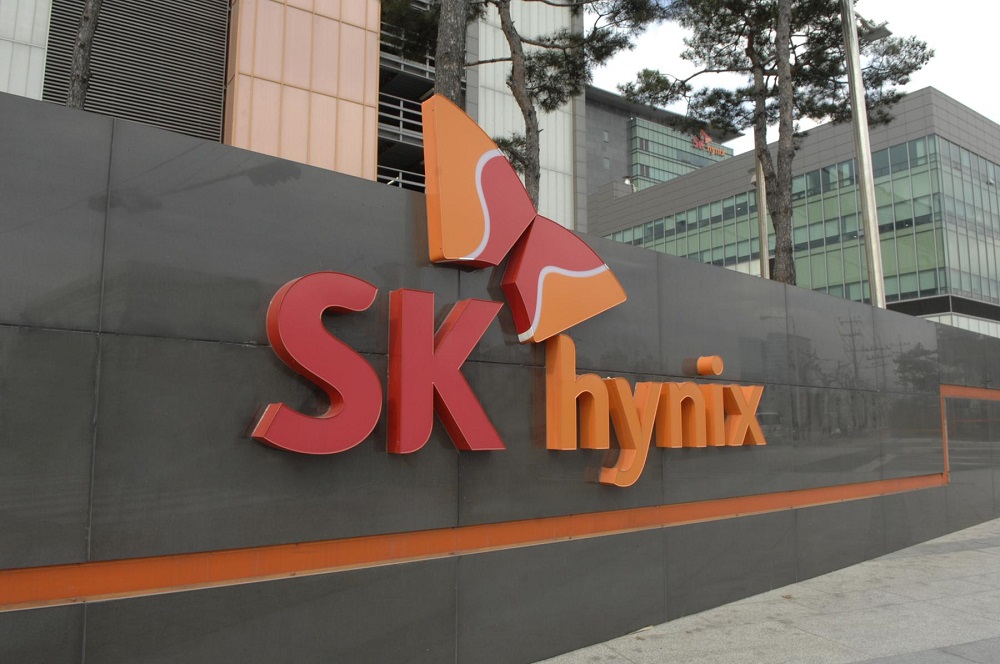According to Nikkei, it was confirmed that SK Hynix’s board of directors agreed to shelve the planned expansion. Suppliers to the company have said that they have seen their inventory increase in their warehouses, due primarily in part to China’s coronavirus lockdowns – all in the pursuit of a “zero COVID” scenario across the country – as well as a slump in the market demand and sales of smartphones and computer components. Overall, the chipmaker’s investors are expecting this lull in demand to last for no more than two years, hence the decision to take a breather on the memory chip plant expansion. SK Hynix was expected to break grounds for the new M17 memory chip plant at its Cheongju campus later in 2023. The facility, which would have measured 430000 square metres, would then enter production by 2025 and be tasked with mass-producing advanced memory chips, reflective of the times.
As mentioned earlier, there is also the issue of rising cost of materials and equipment. In SK Hynix’s case, the strengthening of the US dollar against the South Korean Won means that the chipmaker’s expenses have unsurprisingly been inflated, especially since its purchases are usually transacted in the former’s currency. SK Hynix isn’t the only memory chip maker that is feeling the brunt of the increasing cost. It’s competitor, Micron, recently announced as well that it will also be altering its initial estimations and forecast for supply growth, versus consumer demands. For another matter, the company’s direct South Korean competitor, Samsung, has also stopped any and all its spending in production dead in its tracks, after its capital spending was down 21% on the same year. Across the sea, Kioxia, SK Hynix’s Japanese counterpart, put off a long-awaited IPO again, after it previously missed its goal for an initial debut, years after it broke away from its then parent company, Toshiba, in 2018. (Source: Nikkei)
